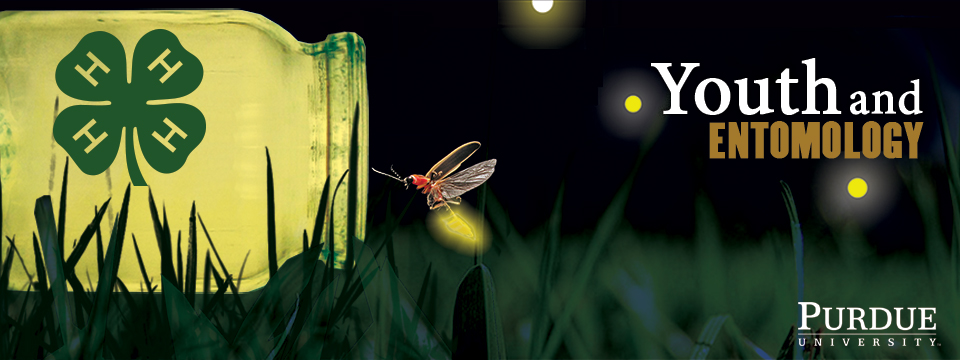

|
|
Carpenter Bee damage
(John Obermeyer, Purdue University) |
|
Common Name: Carpenter Bee - damage
See also: adult Scientific Name: Apidae: Xylocopa virginica Status: beneficial as pollinators but can be a pest of wooden strucutres Damaging Stage: adult Injury: Carpenter bees nest in a wide range of woods used by people including wooden fences, utility poles, firewood, trees, and lawn furniture. They usually cause aesthetic damage to exposed bare wood surfaces in buildings and decks. Like carpenter ants, carpenter bees do not feed on wood. Damage to wooden structures occurs when the adults drill holes into and excavate tunnels for shelter and nesting. Carpenter bees are often considered nuisance pests because they swarm near buildings and may seem dangerous to homeowners. Action Threshold: Carpenter bees are valuable pollinators and normally do not cause serious structural damage to wood unless large numbers are present over several years. If damage occurs in an area that is highly visible, controls may need to be applied. Management: Chemical controls are somewhat effective if applied repeatedly every few weeks. The best method to reduce populations is to treat the entrance of burrow holes to ensure the insecticide is introduced to the pests and then filling in the holes with wood putty or another compound after the bees are gone. |
 |
||||||||||||||||
|
|
|||||||||||||||
|
Purdue Extension Entomology, 901 West State Street, West Lafayette, IN 47907 USA, (765) 494-4554 Department of Entomology | College of Agriculture | Extension © Purdue University | An equal access/equal opportunity university | Integrity Statement | Copyright Complaints | Maintained by ENTM IT Trouble with this page? Disability-related accessibility issue? Please contact us at entmwebmaster@purdue.edu so we can help. | ||||||||||||||||
